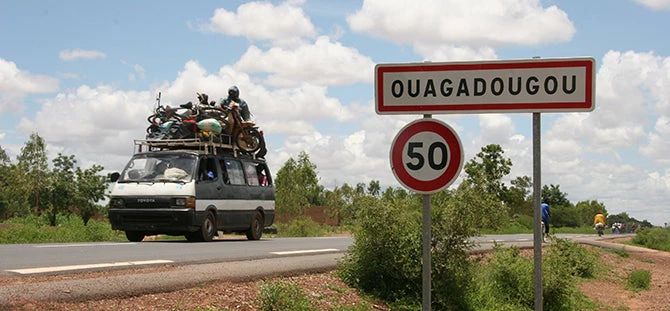
What do Benin, Niger, Guinea-Bissau, Togo and Mali have in common? Apart from being members of the eight-country strong West African Economic and Monetary Union (UEMOA), they share a common status as low-income countries, faced with huge infrastructure needs and financing challenges.
Furthermore, they have decided that one way to address these challenges and sustain their economic growth was to promote public-private partnerships (PPPs) through a regional framework and strategy. This initiative is supported by the Public-Private Infrastructure Advisory Facility (PPIAF) for the World Bank, and Agence Française de Développement (AFD) and Expertise France on the French cooperation side.
Which is why — on July 2-3 in the midst of sweltering weather in the leafy suburbs of Ouagadougou, the capital of Burkina Faso, which is also home to UEMOA headquarters — 20 or so experts and decision-makers attended a two-day seminar to discuss the framework and strategy. Beyond PPIAF and AFD, regional participants included representatives from the UEMOA Commission, the Regional PPP unit at the West African Development Bank (BOAD), the African Development Bank (AfDB), the African Legal Support Facility (ALSF), the Organization for Harmonization of Business Law in Africa (OHADA), and the Central Bank of West African States (BCEAO).
The issues we covered included the need to:
- Define the scope and main features of the future PPP legal framework (such as typology of PPPs, inclusion/exclusion of certain sectors or public players);
- Determine the overall institutional arrangement, in particular through the establishment of a central regional PPP unit with BOAD, and agree on its missions at the regional and national levels, and navigate conflicts of interest; and
- Outline the types of procurement processes to be pursued (e.g. two-stage procurement bidding process or “competitive dialogue”) and how to manage procurement of unsolicited proposals.
Regional integration is also one of PPIAF’s thematic priorities as adopted in our 2014 strategy. Despite current limitations — such as an existing 2004 concession directive that hasn’t had much impact to date in the region — and future challenges, UEMOA still appears to be ahead of similar initiatives by other regional groupings in West Africa. As a result, the roadmap validated in July at UEMOA might be extended or replicated at a later stage at the CEDEAO level… which makes the current program a particularly interesting one to follow.
PPIAF is already using some of the early feedback from this activity to inform the design and implementation of other technical assistance projects in different regional settings (such as our Caribbean initiative).


Join the Conversation